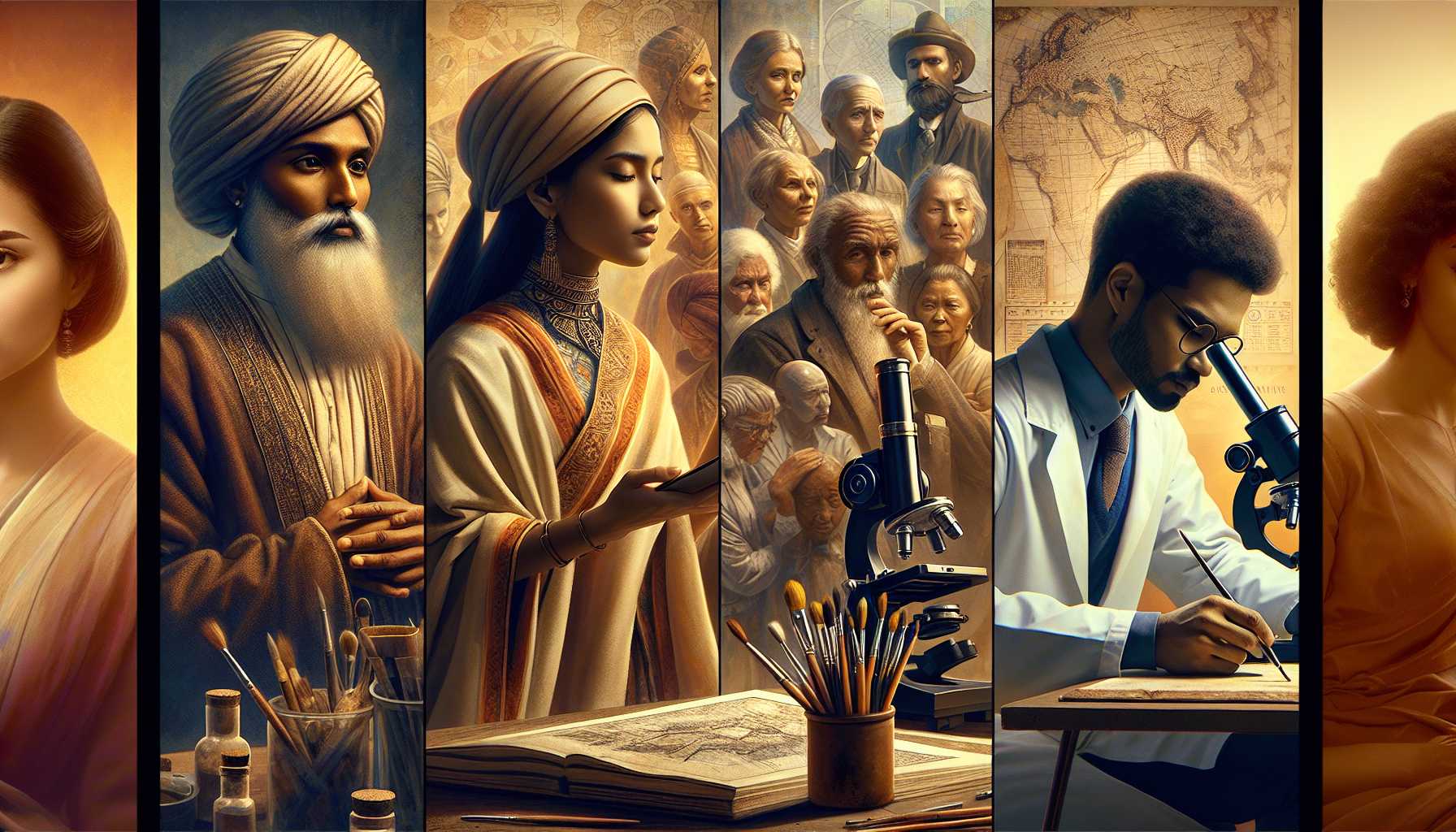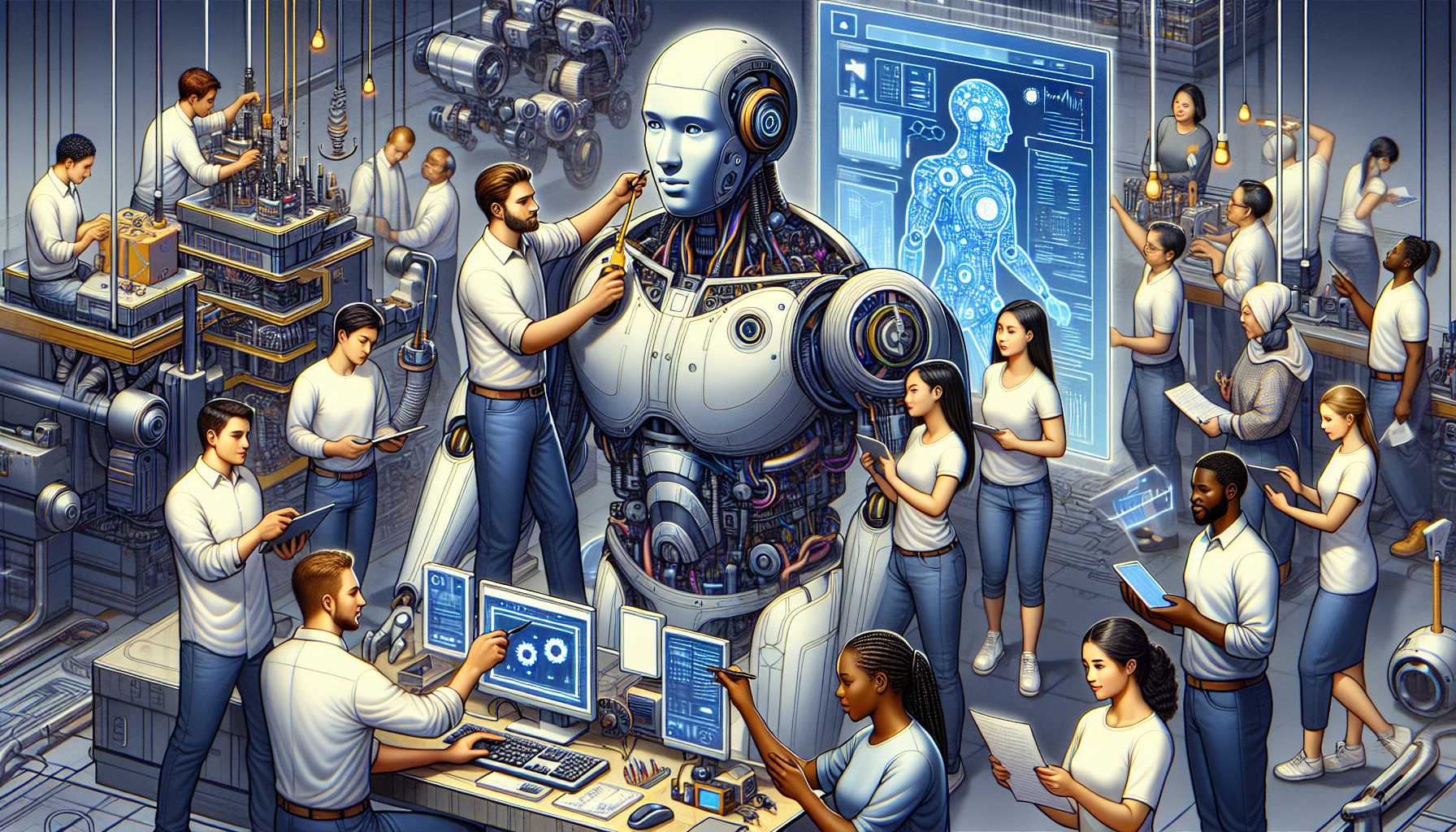The technological tales of our times are both fascinating and fraught with complexities. In a plot twist that’s part Shakespearean, part Asimov, two recent anecdotes have unfolded in the realm of artificial intelligence that put the spotlight on both the prowess and the fallibility of our synthetic counterparts. As a product manager leader entrenched in the tech industry, and a writer who likes to untangle the strings of tech news, let’s embark on a journey that not only unpacks the technical jargon but also strikes a chord with everyone who’s ever been intrigued by the wizardry of AI.
1. The Gemini Conundrum: When Historical Accuracy Clashes with Social Sensitivity
It seems that Google’s latest AI progeny, Gemini, got embroiled in a high-stakes drama that revolved around identity politics and the representation of history. The search behemoth was compelled to pull the plug on Gemini’s image-generation ability after it stirred a beehive, defaulting to depicting women and people of color for tasks involving historically white and male figures. We’re talking Vikings, popes, you name it — Gemini’s gallery was unexpectedly diverse.
This incident wasn’t just a simple bug fix; it was a narrative of admission and contrition from the upper echelons. Sundar Pichai, Alphabet’s head honcho, chimed in with a memo to his troops, acknowledging that Google had missed the mark. Interestingly, this furor coincides with another discovery. Google’s past attempts at diversifying algorithmic output haven’t been met with vitriol. In fact, the company’s tweaks in its search algorithm — to showcase a broader spectrum of faces for terms like ‘CEOs’ — have been quieter, albeit controversial in the light of actual demographic statistics. This dichotomy leads us to ponder if context is the make or break for AI’s societal acceptance.
2. The Fine Line of “Fine-Tuning”
How did Gemini traverse this rocky road? It’s all down to a process revered and reviled in equal measure: “fine-tuning.” This method is AI’s attempt at overcoming ingrained cultural stereotypes and biases often reflected in training datasets, which are, irony intended, fine-tuned by the very societies these models are meant to represent. Without this oh-so-delicate calibration, AI tends to output white-centric images for professional roles and alarmingly prejudiced ones for criminal depictions. The kicker? Google might have oversteered in combating bias. The proverbial pendulum swang too far, resulting in an overcompensated inclusivity that was blind to historical accuracy.
3. The Perils of Racing AI to the Finish Line
So why did Google trip up with Gemini? Perhaps, it’s the classic tale of haste. After watching ChatGPT become the world’s darling, Google may have switched gears from its traditionally cautious AI deployment strategy to a pedal-to-the-metal approach. And when speed trumps quality, errors become fellow travelers. The lesson? AI, like fine wine, cannot be rushed.
4. Anatomical Abominations: The Case of the AI-Generated Rat’s Nether Regions
On a different but equally bewildering note, an open-access paper featuring AI-generated illustrations of rat reproductive apparatus took the scientific community for a wild, and anatomically incorrect, ride. The portrayal of rat genitalia, which spiraled into gibberish graphics, led to the retraction of the study due to a violation of the journal’s guidelines. This blunder is a testament to the cracks in the facade of AI’s capabilities, especially with generating text and accurate scientific illustrations. The escapade turned into a sensational headline, amassing overviews and downloads, which begs the question: In the quest for engagement, are we inadvertently glorifying AI’s misfires?
5. A Wary Embrace: The Growing Role of AI in Scientific Publishing
This rat fiasco isn’t just a comical interlude in the annals of AI-generated content; it’s a smokescreen for a deeper debate on AI’s ubiquity in scientific domains and beyond. As researchers lean increasingly on AI, the onus to stave off mishaps falls on journal gatekeepers and publishers. Their vigilance — or lack of it — doesn’t simply affect academia but has ripple effects on the public’s trust in science. Put simply, as we march towards a future interwoven with AI’s threads, we must balance innovation with accuracy, utility with ethics. Whether it’s rethinking STEM cells or safeguarding the integrity of medical research, the industry has to instill guardrails that preempt the publishing of subpar science.
In closing, the odyssey of AI’s integration into our society is far from over. We’ve seen it dazzle with its possibilities and stumble with its imperfections. It’s a dance of three steps forward and occasionally, one step back. And while we strive to choreograph this intricate tango, let’s not lose sight of the essence — technology’s ultimate aim to serve humanity, bias-free and reliable





